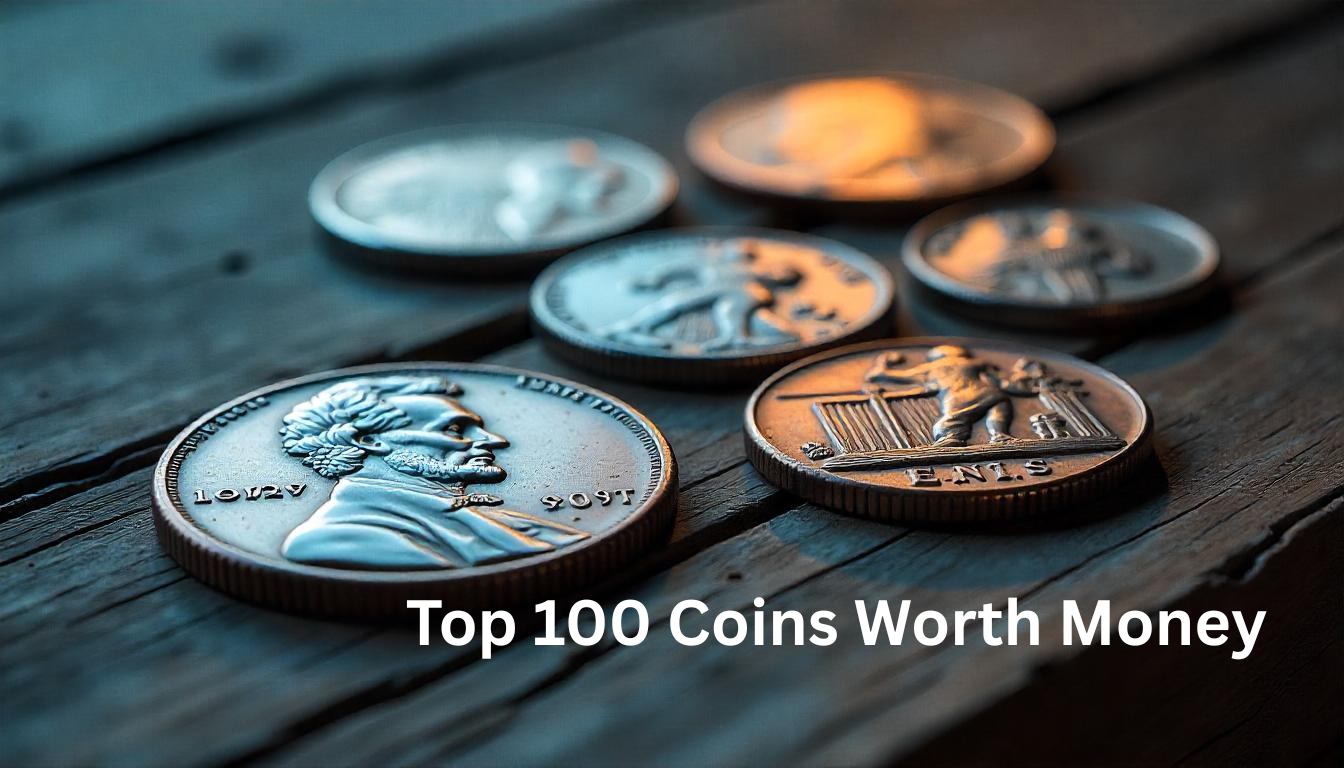The cryptocurrency market has always been a roller coaster ride. One minute, it’s reaching new heights, and the next, it’s plummeting. Recently, many investors and enthusiasts have been asking, why is the crypto market crashing? If you’re a cryptocurrency investor or are thinking of diving into the world of digital currencies, understanding the reasons behind this sudden downturn is crucial. In this blog post, we’ll explore the causes of the current market crash and provide valuable insights for USA-based investors to make informed decisions.
The Nature of Cryptocurrency: A Volatile Landscape
Before diving into the specifics of why the crypto market is crashing, let’s take a quick look at what makes cryptocurrencies inherently volatile. Unlike traditional assets such as stocks or bonds, cryptocurrencies are still relatively new and have less stability in the market. The factors influencing crypto prices can be a mix of external events, regulatory changes, technological advancements, and market sentiment. For instance, one tweet from a prominent figure or a government regulation can cause massive fluctuations.
However, recent events have raised more questions than answers. Let’s explore some of the key reasons behind the ongoing crash.
Regulatory Uncertainty in the USA
One of the primary reasons for the current downturn is the increasing regulatory scrutiny faced by cryptocurrencies in the United States. The US government has been vocal about its concerns regarding digital currencies, particularly concerning fraud, illegal activities, and the lack of consumer protection. These regulatory uncertainties have made investors nervous, causing them to sell off their crypto holdings in fear of further tightening of the laws.
The SEC (Securities and Exchange Commission) and other regulatory bodies have been working on defining how cryptocurrencies should be classified, taxed, and regulated. This uncertainty has created an environment where many investors are hesitant to buy or hold crypto assets. For example, when the SEC started investigating major crypto exchanges like Binance and Coinbase, it led to a significant dip in Bitcoin and Ethereum prices.
Macroeconomic Factors and Inflation Fears
Another major factor influencing the crypto market’s recent crash is the broader economic climate in the USA. Inflation fears, rising interest rates, and the possibility of an economic recession are causing investors to reevaluate their portfolios. Cryptocurrencies, which were once seen as a hedge against inflation, are no longer viewed as a safe bet during times of economic uncertainty.

As inflation rises, traditional assets such as stocks and bonds become more appealing due to their perceived stability. Investors may flock to safer investments, selling off volatile assets like Bitcoin, Ethereum, and other altcoins in the process. When the economy is uncertain, the crypto market often mirrors the broader economic sentiment, which leads to a sharp decline in prices.
Technological Challenges and Network Issues
While cryptocurrency technology is cutting-edge, it’s not without its challenges. Issues such as scalability, transaction speed, and high fees have been major hurdles for many blockchain networks. For example, Ethereum’s network congestion in the past led to slower transaction times and higher gas fees, which frustrated users and caused a loss of confidence in the platform.
These technological issues can also play a role in why the crypto market is crashing. When investors see that a blockchain network is struggling to scale or innovate, they may choose to pull their funds and move to more stable investments. Moreover, the frequent security breaches and hacks in the crypto space have also contributed to the overall negative sentiment surrounding the industry.
Market Sentiment and Speculation
In the world of cryptocurrencies, sentiment can drive prices as much as, if not more than, fundamental factors. Speculation is a key driver of crypto prices, and when market sentiment turns negative, it leads to a domino effect of selling. During the recent downturn, many investors began to panic and sell off their assets, fearing further price drops. This created a self-fulfilling prophecy, where the more people sold, the lower the prices dropped, which caused even more people to sell.
Additionally, FOMO (Fear of Missing Out) plays a huge role in the volatility of the market. During bullish trends, investors pour money into crypto assets, driving the prices up. However, when the market turns bearish, the opposite happens, and investors panic-sell, causing prices to crash. It’s a cycle that has been seen repeatedly in the crypto market.
Global Market Downturn and Crypto Correlation
The global stock market has also been experiencing a downturn, which has affected cryptocurrencies as well. There’s an increasing correlation between traditional financial markets and the crypto market, with both moving in similar directions during times of economic uncertainty. When stock markets are down, crypto markets often follow suit, as institutional investors who hold both stocks and crypto assets tend to liquidate their holdings to cover margin calls or rebalance their portfolios.
The recent crashes in global stock indices, such as the S&P 500, have had a direct impact on crypto prices. As traditional investors become more cautious, they reduce their exposure to riskier assets, including cryptocurrencies. This mass sell-off contributes to the market crash and further weakens investor confidence.
Overleveraged Traders and Liquidations
Leverage is a common practice in the crypto world, where traders borrow money to amplify their positions. However, this practice comes with significant risks. When the market starts to drop, overleveraged traders face margin calls, and their positions are automatically liquidated to cover the borrowed funds. This large-scale liquidation of leveraged positions can exacerbate the market decline, leading to even sharper price drops.
For example, during the recent crash, many traders who were heavily leveraged were forced to sell their assets to cover their positions. This flood of sell orders led to a cascading effect, with prices continuing to fall as more and more traders got liquidated. Over time, this kind of market manipulation and risk exposure can cause widespread panic and further deepen the market crash.
Crypto Exchange Issues and Scams
Lastly, problems within cryptocurrency exchanges can contribute to market crashes. The crypto industry has seen its fair share of exchange outages, hacks, and scams, all of which undermine investor confidence. When major exchanges experience issues, such as prolonged downtime or security breaches, it raises red flags for investors, who may then rush to sell their assets.
Moreover, the rise of fraudulent schemes like Ponzi schemes, rug pulls, and pump-and-dump schemes has tarnished the reputation of the entire industry. Investors are often left feeling disillusioned and betrayed, which can contribute to mass sell-offs and further market declines.
What Should You Do If You’re an Investor?
Now that we’ve explored some of the key reasons why the crypto market is crashing, it’s important to consider what you can do if you’re an investor in the USA. Here are a few tips to navigate this volatile landscape:
- Stay Calm and Avoid Panic Selling: Market fluctuations are part of the crypto space. Reacting impulsively can lead to significant losses. Stay informed and assess the situation carefully.
- Diversify Your Portfolio: Don’t put all your eggs in one basket. Diversifying your investments across different asset classes can help mitigate risk.
- Focus on Long-Term Fundamentals: If you’re a long-term investor, remember that cryptocurrency’s potential is still untapped. The current downturn may be an opportunity to buy at lower prices if you believe in the technology.
- Follow Regulatory Changes: Keep an eye on developments in crypto regulations, especially in the USA, as they can have a significant impact on the market.

Frequently Asked Questions
What causes the crypto market to crash?
The crypto market can crash due to a variety of factors such as regulatory uncertainty, technological challenges, macroeconomic conditions, market sentiment, and large-scale liquidation by overleveraged traders. Any negative news or events can cause a domino effect, leading to a significant drop in prices.
Is it safe to invest in crypto right now?
While the market is volatile, it’s important to assess your risk tolerance before making investment decisions. If you’re a long-term investor, downturns could present buying opportunities, but always ensure that you do thorough research and understand the risks involved.
How long will the crypto market downturn last?
Predicting how long the market will remain down is challenging. Cryptocurrencies are known for their volatility, and while the market may take time to recover, history has shown that crashes are often followed by periods of growth. It’s important to focus on long-term trends rather than short-term fluctuations.
Should I sell my crypto during a crash?
Panic selling is generally not a good strategy, as it can lead to significant losses. It’s better to evaluate your investment goals and risk tolerance. If you believe in the long-term potential of cryptocurrency, it might be wise to hold through the downturn.
Are regulatory changes in the USA affecting crypto prices?
Yes, regulatory uncertainty in the USA has contributed to market volatility. When government agencies like the SEC start investigating or regulating crypto exchanges, it can create fear among investors, leading to a decline in prices.
Can the crypto market crash like traditional stock markets?
Yes, the crypto market can experience crashes similar to traditional stock markets. However, crypto markets are generally more volatile, and even minor news can lead to large price swings. During times of global economic uncertainty, the crypto market often mirrors stock market trends.
Is inflation driving the crypto market crash?
Yes, inflation concerns and the rise in interest rates can drive investors toward more stable assets. As inflation erodes purchasing power, investors may sell off riskier assets like cryptocurrencies to seek safer investments, causing a market decline.
How do overleveraged traders affect the crypto market?
Overleveraged traders use borrowed funds to amplify their positions. When the market starts to decline, these traders are forced to sell off their positions to cover their losses, which results in a cascading effect that causes the market to drop further.
Is the current crypto crash worse than previous crashes?
Each crypto crash is unique, but the current downturn may feel more intense due to the larger number of institutional investors and the growing size of the market. While it may not be the worst crash in history, it still represents a significant downturn.
How can I protect my crypto investments during a crash?
Diversifying your portfolio, using stop-loss orders, and avoiding emotional decisions like panic selling can help protect your investments. Additionally, it’s crucial to have a long-term strategy in place and avoid reacting impulsively to market volatility.
Conclusion
In conclusion, the question of why is the crypto market crashing is complex, with multiple factors at play. From regulatory uncertainty and macroeconomic concerns to technological challenges and market sentiment, various elements are contributing to the current market decline. As an investor, it’s essential to remain level-headed, assess your options carefully, and take a long-term view. The crypto market will inevitably recover, but how soon that happens will depend on how well the industry adapts to these challenges.
If you’re unsure about where to go from here or how to navigate this turbulent market, consider speaking with a financial advisor or crypto expert who can help guide you through the ups and downs. Don’t let the volatility scare you off—opportunities often lie in times of uncertainty.






